Subaru Warranty Exclusions: 5 Ways to Accidentally Void Your Coverage
Unlock Peace of Mind: Safeguarding Your Subaru's Warranty
Owning a Subaru is an adventure. From the rugged Outback to the sporty WRX, these vehicles are built for reliability, safety, and an incredible driving experience. A big part of that peace of mind comes from Subaru's comprehensive warranty, designed to protect your investment against manufacturing defects. But here's a secret that many owners unknowingly overlook: it's surprisingly easy to accidentally void parts of your coverage. While Subaru stands by its products, their warranty terms are specific, and straying from them can leave you footing a hefty repair bill.
Don't let a simple mistake turn your dream car into a financial headache! This detailed guide will walk you through five common ways Subaru owners inadvertently jeopardize their warranty coverage. By understanding these potential pitfalls, you can ensure your beloved Boxer engine and symmetrical all-wheel drive remain protected for years to come. Let's dive in and discover how to keep your Subaru – and its warranty – in top shape!
1. Skimping on Scheduled Maintenance or Forgetting Records
This is perhaps the most common way owners run into warranty troubles. Your Subaru's owner's manual isn't just a suggestion; it's a roadmap to longevity, detailing specific service intervals for everything from oil changes and tire rotations to fluid flushes and filter replacements. Adhering to this schedule is paramount not only for your vehicle's health but also for maintaining your warranty.
When a component fails, especially one related to the engine, transmission, or brakes, Subaru may request proof of regular maintenance. If you can't provide documented evidence – detailed receipts from certified mechanics or dealerships, showing the date, mileage, services performed, and parts used – they could argue that the failure was due to neglect, not a manufacturing defect. This means denied claims and out-of-pocket expenses. Whether you service your Subaru at a dealership or a trusted independent mechanic, always keep meticulous records. Even DIY maintenance needs to be logged with receipts for parts and fluids. Think of these records as your warranty's best friend!
2. The Allure of Aftermarket Modifications (Without Caution)
Subaru vehicles, particularly models like the WRX, BRZ, or Crosstrek, are popular platforms for customization. Performance upgrades, suspension lifts, larger tires, engine tunes, or even significant aesthetic changes can transform your ride. However, the installation of certain aftermarket parts can have serious implications for your warranty.
While the Magnuson-Moss Warranty Act generally prevents manufacturers from voiding an entire warranty solely because an aftermarket part is installed, it has a crucial caveat: the manufacturer can deny coverage for a repair if they can prove that the aftermarket part *caused* the failure. For example, if you install an aggressive engine tune and then experience an engine failure, Subaru could reasonably argue the tune led to the issue, thus denying your claim. Similarly, a lift kit that alters suspension geometry could lead to premature wear on axles, bearings, or other components, which Subaru might then refuse to cover.
Before making any significant modifications, it's always best to consult with your Subaru dealership. Some modifications are benign, but others carry inherent risks to your warranty. Understanding which parts could be problematic can save you a lot of grief – and money – down the road.
3. Vehicle Abuse, Neglect, or Misuse
Your Subaru is built tough, but it's not invincible. The warranty covers manufacturing defects under normal operating conditions, not damage resulting from abuse, neglect, or misuse. What constitutes abuse or misuse? Think racing, extreme off-roading beyond the vehicle's intended capabilities, stunt driving, overloading the vehicle beyond its weight limits, or improper towing.
Neglect can be equally damaging. Ignoring warning lights on your dashboard (like the check engine light, oil pressure light, or temperature warning), driving with known mechanical issues that worsen over time, or failing to address significant damage (e.g., from an accident) can all be categorized as neglect. For instance, if you continue to drive your vehicle with a severely low oil level despite a warning light, leading to engine seizure, Subaru would likely deny coverage as it falls under neglect or misuse. Always heed your vehicle's warnings and address issues promptly to avoid escalating problems that could void your warranty.
4. Using Non-Approved Fluids or Parts
Just as critical as timely maintenance is using the correct components and fluids. Subaru engineers specify precise types of engine oil, transmission fluid, coolant, brake fluid, and other lubricants and filters for a reason. These specifications ensure optimal performance, longevity, and compatibility with your vehicle's systems. Using fluids that don't meet Subaru's specified grades or types (e.g., incorrect oil viscosity, non-compatible coolant) can lead to accelerated wear, damage, or even catastrophic failure of components.
The same principle applies to parts. While you're not always required to use genuine Subaru OEM (Original Equipment Manufacturer) parts for every repair or service, any aftermarket parts used must meet or exceed Subaru's specifications. Using cheap, substandard, or incorrectly specified parts – like an off-brand oil filter that restricts flow or brake pads not designed for your model – can lead to problems. If a failure can be directly attributed to the use of non-approved fluids or parts, your warranty claim will likely be denied. Always double-check your owner's manual or consult with a Subaru service professional to ensure you're using the 'right stuff' for your car.
5. Failing to Address Recalls or Technical Service Bulletins (TSBs)
Subaru, like all manufacturers, occasionally issues recalls to address safety-related defects or Technical Service Bulletins (TSBs) to provide dealerships with updated repair procedures for common issues. While ignoring a TSB might not directly void your warranty, ignoring a recall or a TSB for a known issue that subsequently leads to a component failure could complicate your warranty claim.
Recalls, in particular, are serious and should be addressed immediately. They often involve critical safety components. If you fail to bring your vehicle in for a recall service, and a related component fails later, Subaru could argue that you neglected to take a necessary preventive action. Staying informed about any open recalls or relevant TSBs for your specific vehicle is crucial. You can usually check for open recalls on the Subaru website using your VIN or by staying in touch with your dealership. Proactive action on these fronts demonstrates responsible ownership and helps safeguard your warranty.
Conclusion
Drive Smart, Stay Covered: Your Subaru's Warranty Matters
Your Subaru's warranty is a valuable asset, offering protection and peace of mind for years of driving enjoyment. By understanding these five common ways owners accidentally void their coverage – from meticulous maintenance to thoughtful modifications and responsible driving – you can proactively protect your investment. Remember, an informed owner is a protected owner.
Always consult your owner's manual, keep detailed service records, choose reputable service providers, and think twice before making significant modifications. By following these guidelines, you'll ensure that your Subaru remains reliable, performs at its best, and most importantly, stays fully covered by its warranty. Happy driving, and may your Subaru adventures be worry-free!
Where can I find my VIN?

Related Topics
- The New Vehicle Owner's Guide: Breaking Down the GMC Pro Grade Protection
- Decoding the Fine Print: Top 5 Things Your Acura Warranty DOES NOT Cover
- Going the Distance: Understanding Roadside Assistance and Trip Interruption in Your Mitsubishi Warranty Package
- Honda Hybrid Warranty: Is Your Battery Covered for the Long Haul?

